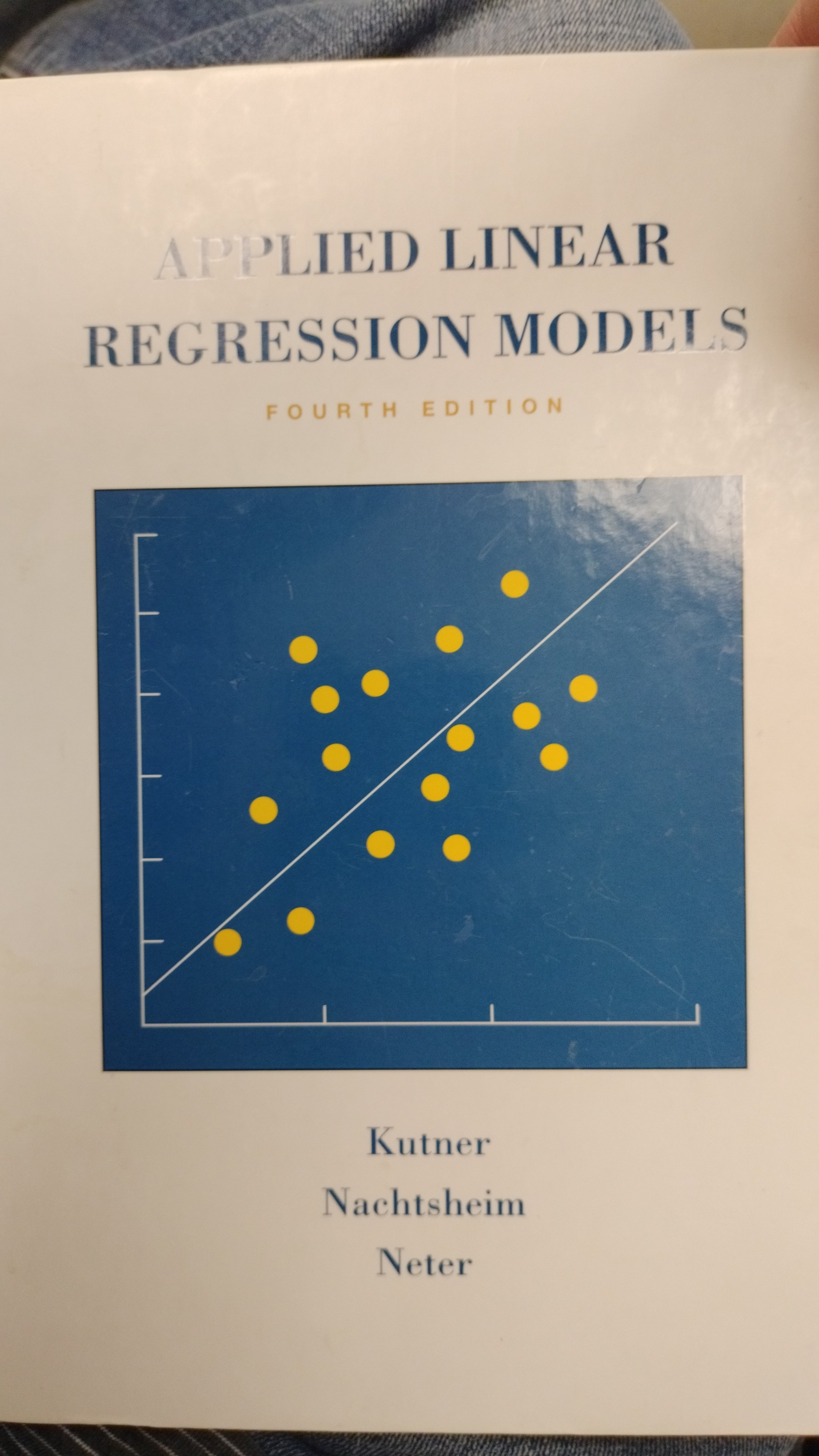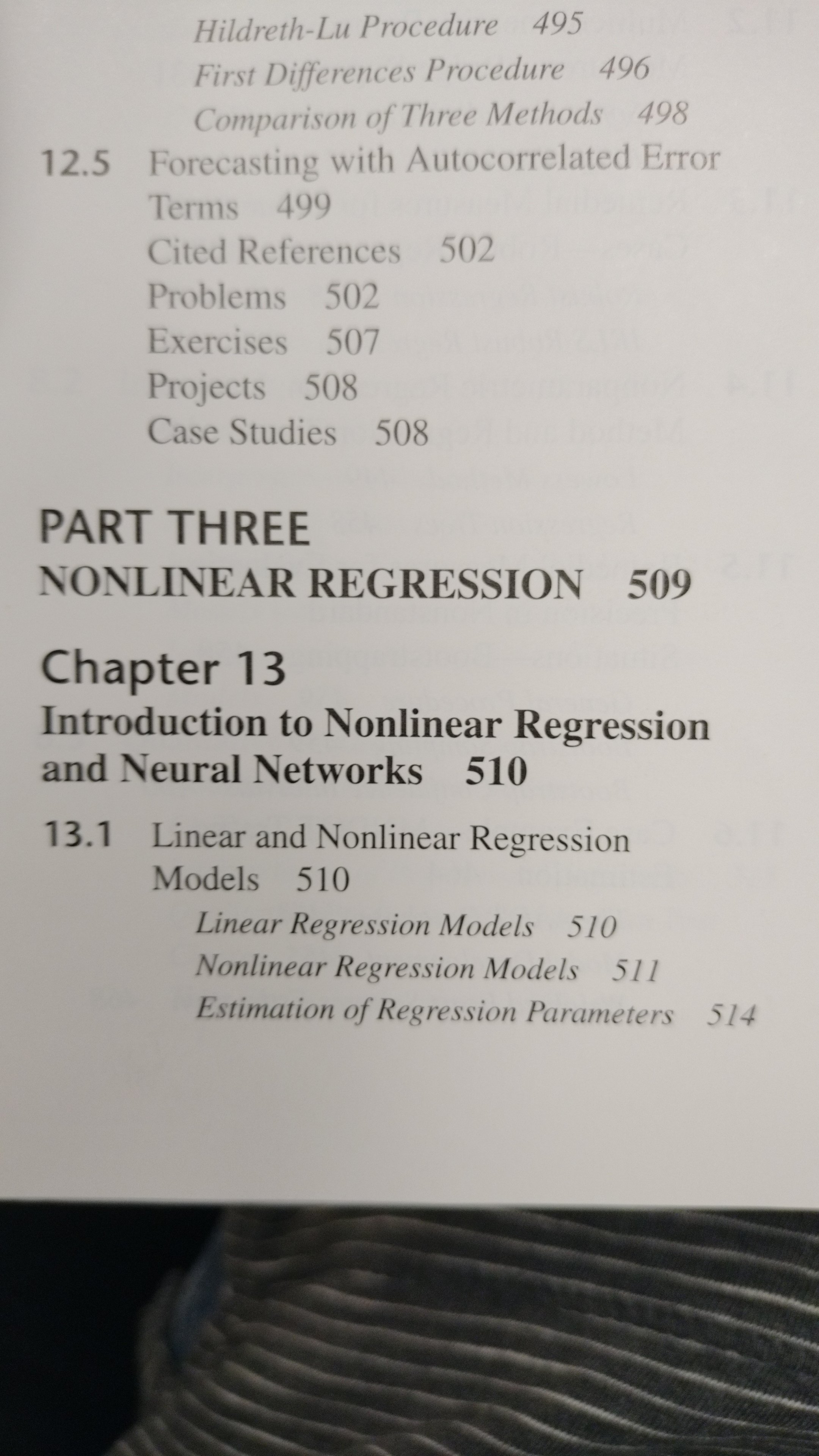Eh. Even heat is a statistical phenomenon, at some reference frame or another. I’ve developed model-dependent apathy.
iT’s JuSt StAtIsTiCs

But it’s called neural network, and learns just like a human, and some models have human names, so it’s a mini-digital human! Look at this picture that detects things in an image, it’s smart, it knows context!

This is exactly how I explain the AI (ie what the current AI buzzword refers to) tob common folk.
And what that means in terms of use cases.
When you indiscriminately take human outputs (knowledge? opinions? excrements?) as an input, an average is just a shitty approximation of pleb opinion.or stolen data
I wouldn’t say it is statistics, statistics is much more precise in its calculation of uncertanties. AI depends more on calculus, or automated differentiation, which is also cool but not statistics.
Just because you don’t know what the uncertainties are doesn’t mean they’re not there.
Most optimization problems can trivially be turned into a statistics problem.
Most optimization problems can trivially be turned >into a statistics problem.
Sure if you mean turning your error function into some sort of likelihood by employing probability distributions that relate to your error function.
But that is only the beginning. Apart from maybe Bayesian neural networks, I haven’t seen much if any work on stuff like confidence intervals for your weights or prediction intervals for the response (that being said I am only a casual follower on this topic).
One of the better uses I’ve seen involved using this perspective to turn what was effectively a maximum likelihood fit into a full Gaussian model to make the predicted probabilities more meaningful.
Not that it really matters much how the perspective is used, what’s important is that it’s there.
Also linear algebra and vector calculus
iTs JusT iF/tHEn 🥴🥴🥴
Well, lots of people blinded by hype here… Obv it is not simply statistical machine, but imo it is something worse. Some approximation machinery that happen to work, but gobbles up energy in cost. Something only possible becauss we are not charging companies enough electricity costs, smh.
Honestly if this massive energy need for AI will help accelerate modular/smaller nuclear reactors 'm all for it. With some of these insane data centers companies want to build each one will need their own power plants.
I’ve seen tons of articles on small/modular reactor companies but never seen any make it to the real world yet.
nathanfillionwithhandupmeme.jpg
Neural nets, including LLMs, have almost nothing to do with statistics. There are many different methods in Machine Learning. Many of them are applied statistics, but neural nets are not. If you have any ideas about how statistics are at the bottom of LLMs, you are probably thinking about some other ML technique. One that has nothing to do with LLMs.
Hahaha. People are great.


That’s where the almost comes in. Unfortunately, there are many traps for the unwary stochastic parrot.
Training a neural net can be seen as a generalized regression analysis. But that’s not where it comes from. Inspiration comes mainly from biology, and also from physics. It’s not a result of developing better statistics. Training algorithms, like Backprop, were developed for the purpose. It’s not something that the pioneers could look up in a stats textbook. This is why the terminology is different. Where the same terms are used, they don’t mean quite the same thing, unfortunately.
Many developments crucial for LLMs have no counterpart in statistics, like fine-tuning, RLHF, or self-attention. Conversely, what you typically want from a regression - such as neatly interpretable parameters with error bars - is conspicuously absent in ANNs.
Any ideas you have formed about LLMs, based on the understanding that they are just statistics, are very likely wrong.
“such as neatly interpretable parameters”
Hahaha, hahahahahaha.
Hahahahaha.
Software developer here, the more I learn about neural networks, the more they seem like very convoluted statistics. They also just a simplified form of neurons, and thus I advise against overhumanization, even if they’re called “neurons” and/or Alex.
he more I learn about neural networks, the more they seem like very convoluted statistics
How so?
My biggest issue is that a lot of physical models for natural phenomena are being solved using deep learning, and I am not sure how that helps deepen understanding of the natural world. I am for DL solutions, but maybe the DL solutions would benefit from being explainable in some form. For example, it’s kinda old but I really like all the work around gradcam and its successors https://arxiv.org/abs/1610.02391
How is it different than using numerical methods to find solutions to problems for which analytic solutions are difficult, infeasible, or simply impossible to solve.
Any tool that helps us understand our universe. All models suck. Some of them are useful nevertheless.
I admit my bias to the problem space though: I’m an AI engineer—classically trained in physics and engineering though.
In my experience, papers which propose numerical solutions cover in great detail the methodology (which relates to some underlying physical phenomena), and also explain boundary conditions to their solutions. In ML/DL papers, they tend to go over the network architecture in great detail as the network construction is the methodology. But the problem I think is that there’s a disconnect going from raw data to features to outputs. I think physics informed ML models are trying to close this gap somewhat.
As I was reading your comment I was thinking Physics Informed NN’s and then you went there. Nice. I agree.
I’ve built some models that had a solution constrained loss functions—featureA must be between these values, etc. Not quite the same as defining boundary conditions for ODE/PDE solutions but in a way gets to a similar space. Also, ODE/PDE solutions tend to find local minima and short of changing the initial conditions there aren’t very many good ways of overcoming that. Deep learning approaches offer more stochasticity so converge to global solutions more readily (at the risk of overfitting).
The convergence of these fields is exciting to watch.
Deep learning approaches offer more stochasticity so converge to global solutions more readily (at the risk of overfitting).
Yeah, thats a fair point and another appealing reason for DL based methods
well numerical models have to come up with some model that explains how relevant observables behave. With AI you don’t even build the model that explains the system physically and mathematically, let alone the solution.
It is basically like having Newton’s Equations vs an AI that produces coordinates with respect to time (and possibly many other inputs we thought were relevant but weren’t because we don’t know the model) given initial conditions and force fields.
Moldy Monday!
Aka fudge








